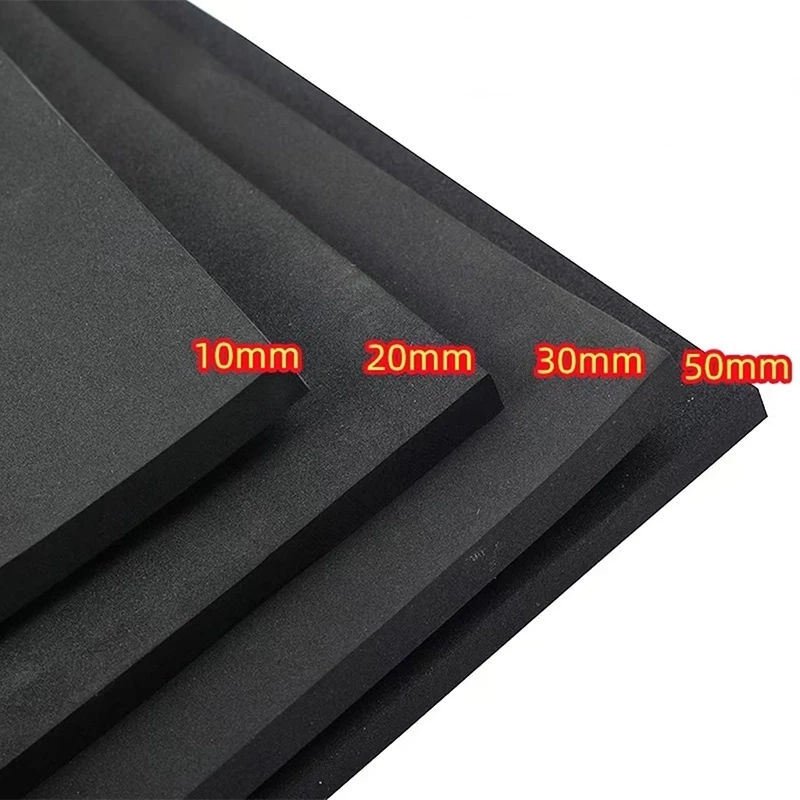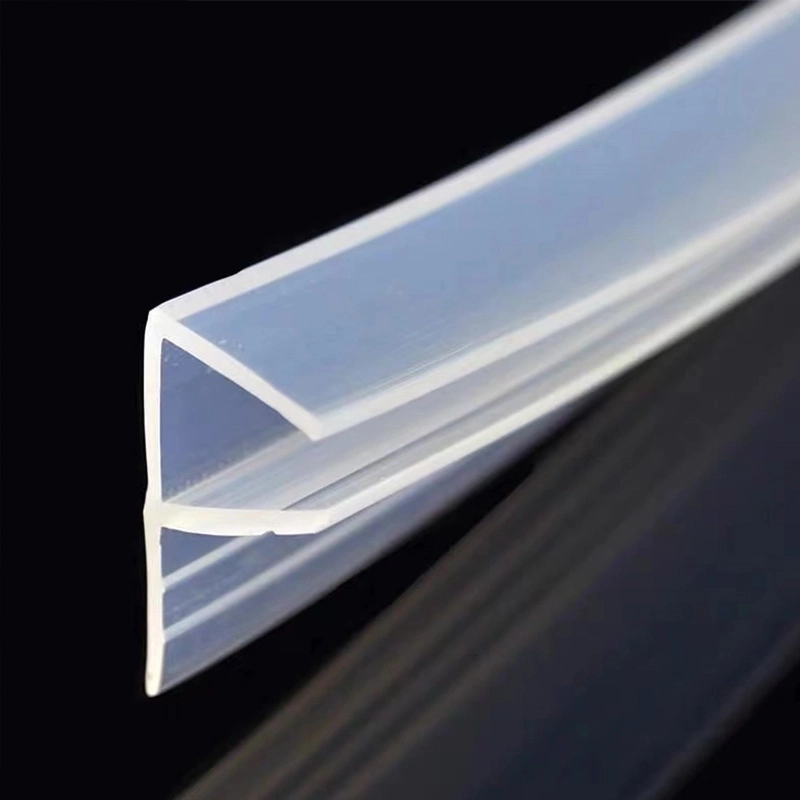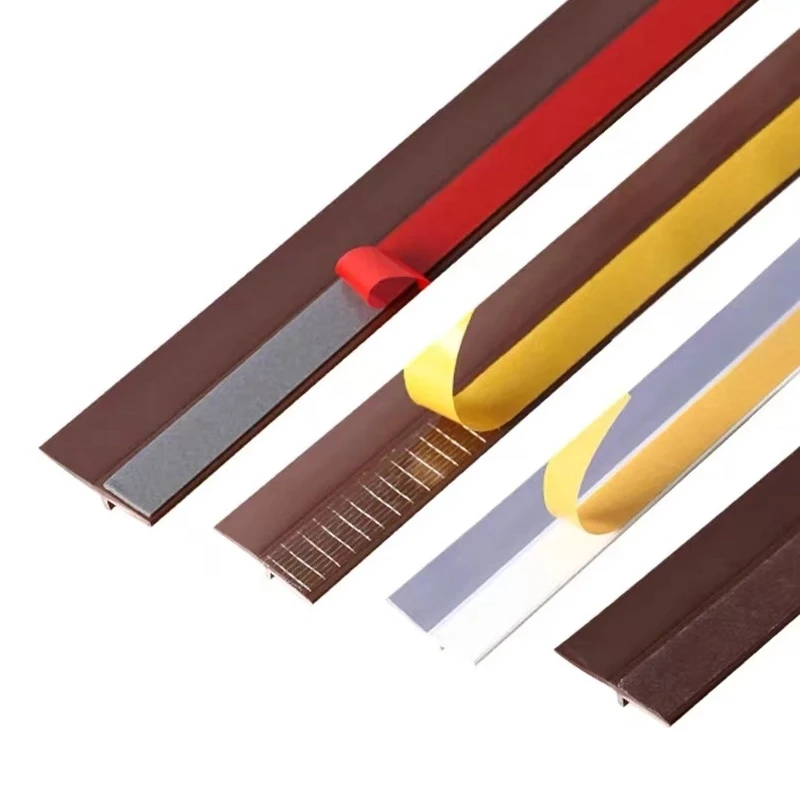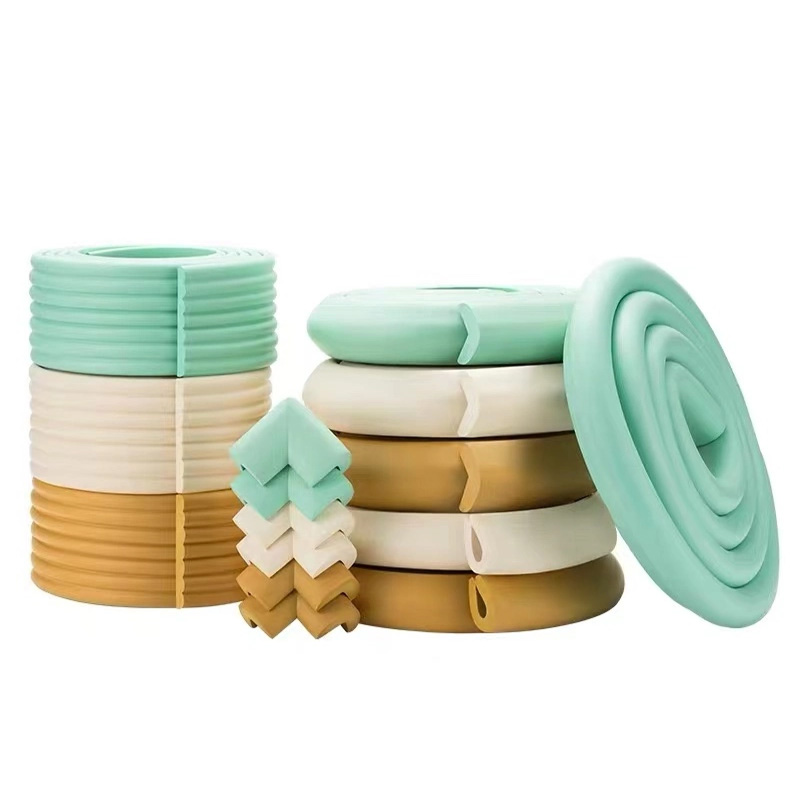Rubber sealing strips have the following key functions in many applications.
Good wear resistance: the rubber sealing strip has been specially treated, with smooth surface, effective wear resistance and long service life.
Aging resistance: rubber sealing strip has strong aging resistance and can maintain good sealing performance during long-term use.
Corrosion resistance: rubber sealing strip has good corrosion resistance to chemicals such as acid, alkali and salt.
Elasticity: Rubber sealing strip has good elasticity, which can buffer pressure to some extent and prevent deformation caused by temperature change.
What Kinds of Rubber Sealing Strips Can Be Divided According to the Materials Used?
There are three kinds of rubber materials for car sealing strips: dense rubber, sponge rubber and hard rubber. The commonly used rubber compound is ethylene propylene diene monomer (EPDM), which has the characteristics of aging resistance, low temperature resistance, water resistance, chemical corrosion resistance, especially ozone aging resistance. It can be compounded with steel belt, steel wire woven belt, TPE, flannel, flocking, PU coating and silicone coating to ensure the waterproof, dustproof, sound insulation, heat insulation, vibration reduction, wear resistance and decoration functions of the automobile indoor and outdoor. You can also choose chloroprene rubber (CR), which has good ozone resistance and good aging resistance. In addition, sometimes blended rubber is selected, such as natural rubber (NR) combined with CR and SBR, or polyethylene (PE), EPDM and NR to improve ozone resistance.
Production Technology of Rubber Sealing Strip
Making glue: cut the rubber material into small pieces and put them into a blender to stir. At the same time, add fillers, vulcanizing agents and other additives in a certain proportion to make the required glue, and its consistency can be adjusted by adding water or fillers.
Heating and melting: the glue is heated and melted at a certain temperature and time, so that all components are fully integrated, and attention should be paid to temperature control.
Pouring molding: pouring the heated and melted glue into the mold to form the required shape and size of the sealing strip. When pouring, the glue flow rate and the placement position of the mold should be controlled, and after pouring, it should be closed and vulcanized.
Cooling and curing: after the vulcanization reaction is completed, open the mold to take out the sealing strip, and naturally cool it in the air or cool and cure it by water cooling, and pay attention to temperature control during the process.
What Is the High and Low Temperature Resistance of Rubber Sealing Strip?
The high temperature resistance of rubber sealing strips varies with the types of rubber materials. For example, EPDM sealing strip has good high temperature resistance. EPDM rubber can work for a long time at high temperature of 120-150℃. This is because the main chain of EPDM molecular chain is saturated and its chemical structure is stable, which can resist oxidation reaction at high temperature. In the engine compartment of an automobile, EPDM rubber sealing strip is used to seal the periphery of the engine cover, which can withstand the high temperature generated when the engine works and prevent the leakage of hot gas and engine oil.
Silicone rubber (VMQ) sealing strip has better high temperature resistance. It can keep good elasticity and sealing performance in the temperature range of-60℃ to above 200℃. The molecular chain of silicone rubber is composed of silicon-oxygen (Si-O) bond, which has high bonding energy and excellent thermal stability.
However, the high temperature resistance of natural rubber (NR) sealing strips is relatively weak. When the temperature of natural rubber exceeds 70-80℃, it will begin to soften and age, and its physical properties will decline. This is because there are many unsaturated double bonds in the molecular chain of natural rubber. Under the action of high temperature and oxygen, the double bonds are prone to oxidation reaction, which leads to the breakage of rubber molecular chain, thus affecting the sealing performance.










